Mangu, a staple of Dominican cuisine, offers a taste of the island’s rich culinary tradition. This dish, made from mashed plantains, is a breakfast favorite, often accompanied by a variety of sides that enhance its flavor.
In this article, we delve into the nuances of mangu, from its humble origins to the factors that affect its price today. Whether you’re a local food enthusiast or a curious traveler, understanding the cost of mangu is key to appreciating its value in Dominican culture.
Join us as we explore r how much does mangu cost in Dominican Republic, ensuring you’re well-informed for your next Dominican dining experience.
What is Mangu?
Mangu is a traditional Dominican dish made from cooked and mashed green plantains. This beloved staple starts with boiling or frying the plantains until they are tender. Once cooked, the plantains are mashed to a creamy consistency using a fork or potato masher. Mangu is a cornerstone of Dominican cuisine, often served as a side dish or as part of the traditional Dominican breakfast dish, Mangú con Los Tres Golpes. This hearty breakfast includes mangu accompanied by fried salami, fried cheese, and fried eggs, creating a satisfying and flavorful meal. Known also as “mashed plantains” or “plantain mash,” mangu is cherished for its simplicity and versatility, making it a favorite in many Dominican households.
Preparing Mangu
Mangu, the heart of Dominican breakfast tables, begins with the selection of the right plantains. Green plantains are essential; their firmness and starchiness lend the perfect texture to the dish. The plantains are peeled and sliced, then boiled until tender—a process that usually takes about 15 to 20 minutes.
Once boiled, the plantains are drained, reserving some of the water to aid in mashing. The key to a smooth mango is to mash thoroughly while the plantains are still hot.
Some prefer to use a traditional wooden pilón, while others opt for a more modern potato masher.
To achieve the creamy consistency Mangu is known for, a bit of the reserved water is added back, along with a generous dollop of butter or a drizzle of olive oil.
This not only adds richness but also prevents the mangu from becoming too dense.
Finding Quality Plantains
To ensure the best mangu, start with high-quality green plantains. They should be firm to the touch, without any black spots or signs of ripening. The greener, the better, as ripe plantains will sweeten the dish, straying from its authentic savory nature.

Cooking Techniques for Cooked Plantains
The traditional method of preparing mangu involves boiling the plantains in salted water. This not only seasons them but also softens them to the perfect consistency for mashing. When frying the plantains, it is important to maintain medium heat to ensure even cooking without burning. After boiling, the plantains should be mashed immediately while hot to avoid lumpiness. For an extra touch of flavor, some cooks like to sauté onions in olive oil and add them to the mash, creating a depth of flavor that complements the simplicity of the plantains. For frying, canola oil is often preferred due to its high smoke point and neutral flavor.
Tips for the Perfect Texture
Achieving the perfect texture for mangu is a balance of art and science. The plantains should not be overcooked, or they will become too watery. They should not be undercooked, or the final product will be too chunky. The addition of the cooking water should be gradual—enough to make the mangu creamy but not so much that it becomes runny. When frying the accompanying ingredients like cheese and salami, aim for a golden brown color to achieve the perfect texture and flavor. Lastly, a vigorous mash will ensure a smooth, velvety finish, ready to be savored with the traditional accompaniments that make mangu a beloved dish in the Dominican Republic.
When it comes to enjoying mangu in the Dominican Republic, the cost is as varied as the dish’s accompaniments. A simple plate of mangu can be quite affordable, but when you start adding extras like eggs, cheese, or the much-loved salami, the price can climb. A recent report highlighted that a mangu with salami could cost more than RD$600, reflecting the dish’s popularity and the quality of its ingredients.
Average Prices Across the DR
The price of mangu varies across the Dominican Republic. In urban areas and tourist spots, you might find it priced higher due to the demand and the cost of living. However, in smaller towns or rural areas, the prices can be more modest. On average, a basic mangu dish starts around RD$200, but this can increase significantly with additional toppings and sides.
Price Variation by Region
The cost of mangu also fluctuates depending on the region. For instance, in Santo Domingo, the capital city, the prices may be on the higher end. In contrast, in the countryside, where plantains are more readily available, and the cost of living is lower, you might find mangu at a more economical price.
Factors Influencing Cost
Several factors influence the cost of mangu. The price of green plantains, the main ingredient, can vary based on the season and availability. If there’s a shortage or an increase in demand, prices will rise. Additionally, the cost of accompanying ingredients like salami, cheese, and eggs also plays a role. Economic conditions, such as inflation, can impact the overall cost of food items, making even a simple dish like mangu more expensive for families.
Serving Mangu
Mangu is not just a dish; it’s a celebration of Dominican flavors that come alive with its traditional accompaniments. A common garnish for mangu is tangy pickled red onions, which add a refreshing contrast to the dish. The classic way to serve mangu is with ‘Los Tres Golpes’—the three hits—which include fried eggs, fried cheese, and fried salami. This trio adds a delightful contrast of textures and tastes to the soft, creamy mangu, making it a hearty and satisfying meal. Onion slices, especially when pickled, provide a tangy flavor that balances the richness of the fried components.
Traditional Accompaniments: Pickled Onions
Fried Eggs: A staple with mangu, they add a rich, runny yolk that melds perfectly with the plantains.
Fried Cheese: Known as ‘queso de freir,’ this cheese holds its shape when fried and offers a salty, crispy edge to the dish. Corn oil can also be used for frying, offering a slightly different flavor profile while achieving the desired crispiness.
Fried Salami: A slice of Dominican salami, fried until crisp, provides a savory umami flavor that complements the mangu.
Los Tres Golpes: Fried Salami
The name ‘Los Tres Golpes’ translates to ‘the three hits,’ signifying the essential components that accompany mangu. Each ‘hit’ brings its own unique flavor and texture, creating a balance that is both indulgent and comforting.
Modern Twists
While tradition holds strong in the Dominican Republic, some modern variations of mangu have emerged, incorporating new ingredients and flavors. These twists might include:
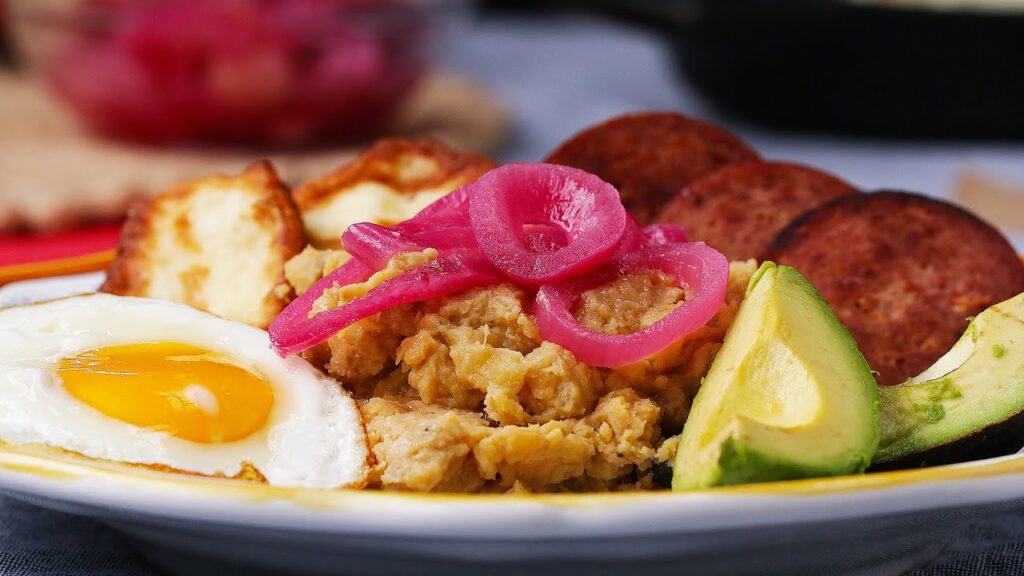
Avocado: Adding slices of creamy avocado provides a rich, buttery texture that pairs well with the mangu.
Pickled Onions: Offering a tangy crunch, pickled onions cut through the richness and refresh the palate. To make tangy pickled red onions, combine apple cider vinegar with water, sugar, and salt to create a flavorful brine.
Sautéed Vegetables: For a healthier option, sautéed vegetables like bell peppers and onions can be served alongside mangu.
Purchasing Mangu
Mangu, a beloved Dominican dish, is as much about the experience of buying and eating it as it is about its rich, plantain-based flavor. Whether you’re purchasing mangu from a street vendor or in a restaurant, there are a few things to consider to ensure you’re getting the best value for your money.
Street Food vs. Restaurants
The experience of eating mangu can differ greatly depending on where you buy it. Street vendors offer a more authentic and often less expensive option, with prices ranging from RD$50 to RD$150 for a hearty serving. Restaurants, on the other hand, might charge more, but they also provide a sit-down experience, which can be worth the extra cost for some.
Price Comparison
When comparing prices, it’s important to consider the portion size and the included accompaniments. A street vendor’s mangu might come with fewer sides than a restaurant’s, but the lower price can make it a more budget-friendly choice. Restaurants typically serve mangu as part of a larger meal, which can include a variety of sides like eggs, cheese, and meats, justifying the higher price.
Budgeting for Mangu
To budget for mangu, consider how often you’ll be eating it and what kind of experience you’re looking for. If you’re a tourist, you might want to try Mangu from different places to compare flavors and styles. For locals, finding a favorite vendor or restaurant and sticking to it can be a way to manage costs. On average, setting aside around RD$200 to RD$300 per meal should cover most mangu experiences, whether simple or elaborate.
Nutrition and Health Benefits
Mangu is not only delicious but also packed with nutrition. Green plantains, the main ingredient, are rich in fiber, vitamins, and minerals, making mangu a nutritious choice. This dish is relatively low in calories and fat, making it an excellent option for a healthy breakfast or snack. Additionally, the starchy boiling liquid from cooking the plantains can be repurposed as a warm, comforting drink, often enjoyed with a squeeze of lime juice and a sprinkle of salt.
The pickled onions that often accompany Mangu con Los Tres Golpes add both flavor and nutrition. Onions are high in antioxidants and have numerous health benefits, including reducing inflammation and promoting heart health. The tangy pickled onions provide a refreshing contrast to the creamy mangu, enhancing the overall dining experience.
Cultural Significance
Mangu con Los Tres Golpes is more than just a traditional Dominican breakfast dish; it holds deep cultural significance. This dish is a staple in many Dominican households and is often served during special occasions and holidays. The name “Los Tres Golpes,” which translates to “The Three Hits,” refers to the essential components of the dish: fried salami, fried cheese, and fried eggs. Each element brings its own unique flavor and texture, creating a harmonious and satisfying meal.
This dish is a testament to Dominican gastronomy, reflecting the country’s rich culinary heritage and its blend of African, Spanish, and indigenous influences. Breakfast in Dominican culture is typically a light meal, but Mangu con Los Tres Golpes stands out as a hearty and energizing option, perfect for starting the day. For many Dominicans, this dish is a comfort food that evokes memories of home and childhood, making it a cherished part of their culinary tradition.
Final Analysis
Mangu is more than just a traditional Dominican dish; it’s a symbol of the country’s rich culinary heritage. From its humble beginnings as a simple mashed plantain meal, mangu has evolved into a versatile and beloved staple, enjoyed in various forms across the Dominican Republic.
Whether served with the classic ‘Los Tres Golpes’ or enjoyed in a modern fusion style, mangu continues to be a source of comfort and pride for Dominicans. Regarding how much does mangu cost in the Dominican Republic, the cost of mangu reflects the economic diversity of the country, varying from affordable street food to pricier restaurant fare.
Yet, regardless of where it’s purchased or how much it costs, the essence of mangu remains the same—a delicious, hearty meal that brings people together.
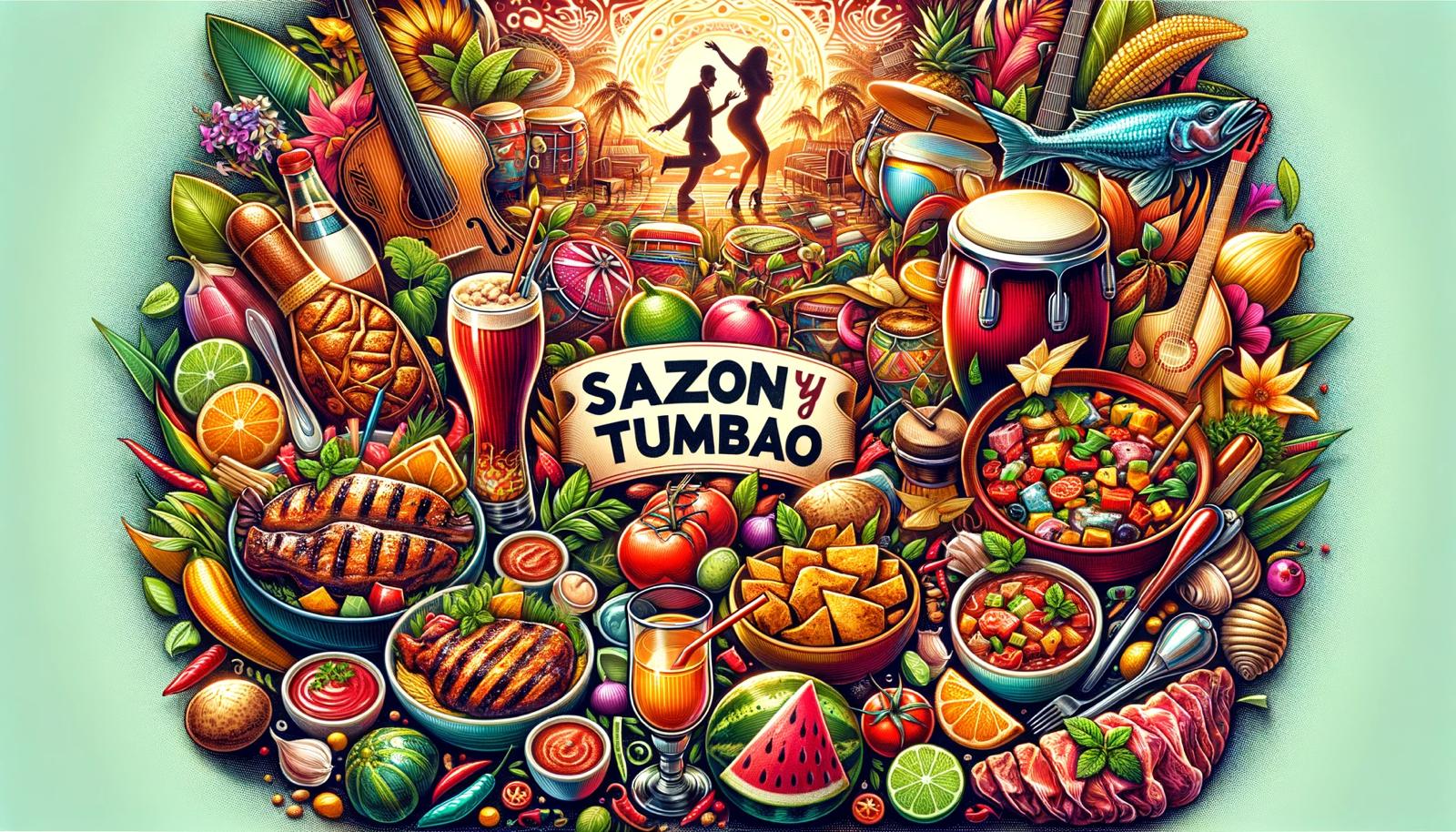

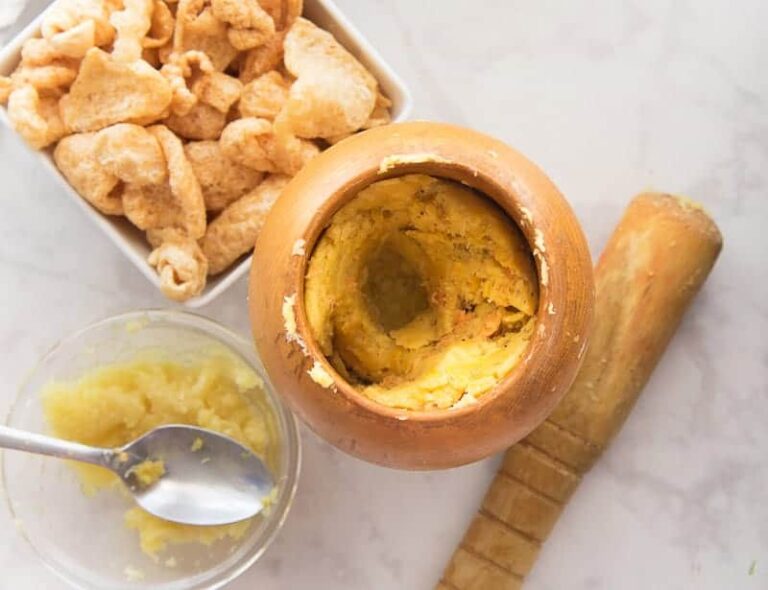

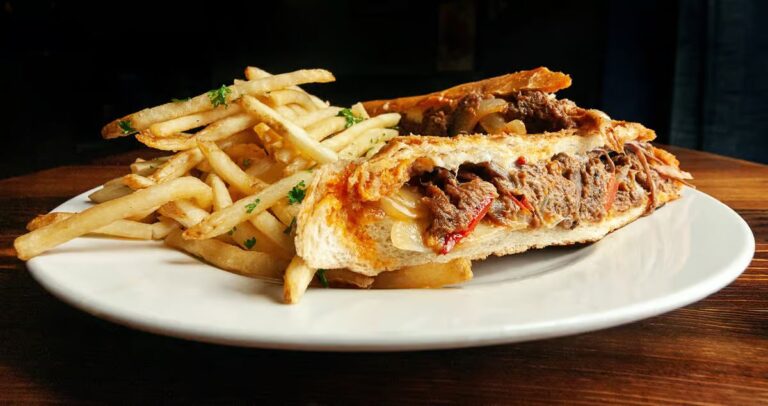
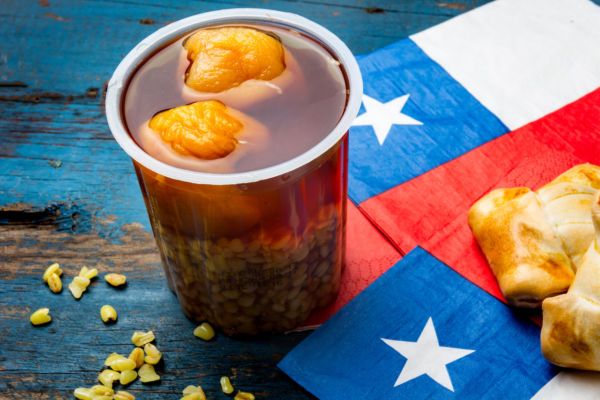
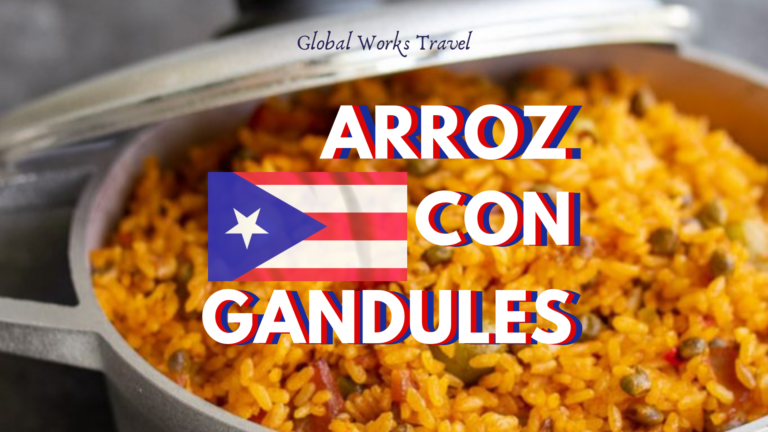
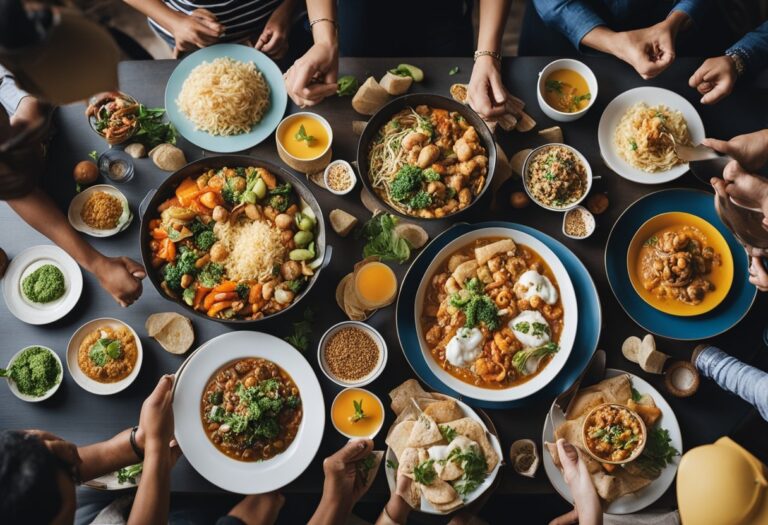
One Comment
Comments are closed.